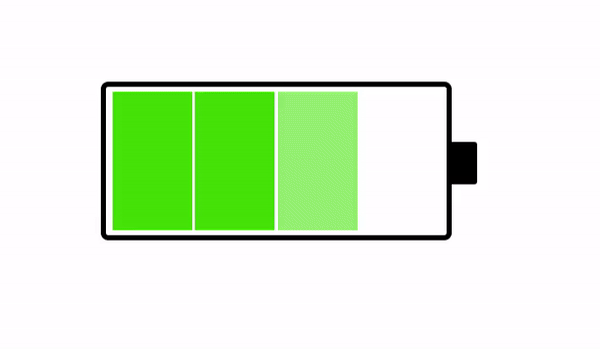According to Article 2, Paragraph 7-2 of the Enforcement Decree of Special Act on Safety Control of Publicly Used Establishments, a gosiwon is defined as a ‘business that provides accommodation or lodging with facilities for studying within partitioned rooms.’ Annex 1 of the Enforcement Decree of Building Act defines facilities used for gosiwon businesses as multi-living facilities. If the total floor area is less than 500 square meters, they are classified as second-class neighbourhood facilities; if it is 500 square meters or more, they are classified as lodging properties.
The ‘Standards for Construction of Multi-Living Facilities,’ a sub-regulation under the Enforcement Regulation of Building Act, sets the following standards for multi-living facilities:
- Do not install cooking facilities or bathtubs in each room (showers are permitted).
- Multi-living facilities (excluding common facilities) should not be located in the basement.
- Each room should be equipped with facilities for studying (e.g., desks).
- Install common facilities within the facility (e.g., laundry rooms, lounges, cooking facilities).
- In floors above the second floor, if there is a window that can be opened (minimum 0.5 square meters) less than 1.2 meters from the floor, install a railing or similar safety feature at least 1.2 meters high to prevent falls.
- Minimum corridor widths should be 1.2 meters for single-loaded corridors and 1.5 meters for double-loaded corridors.
- To prevent noise between rooms, adhere to the boundary wall structure standards specified in Article 19 of the ‘Standards for Evacuation and Fire Protection Structures of Buildings’ and the ‘Standards for Floor Impact Sound Insulation Structure to Prevent Noise.’
- Ensure compliance with the ‘Crime Prevention Construction Standards’ to create a safe living environment and prevent crime.
